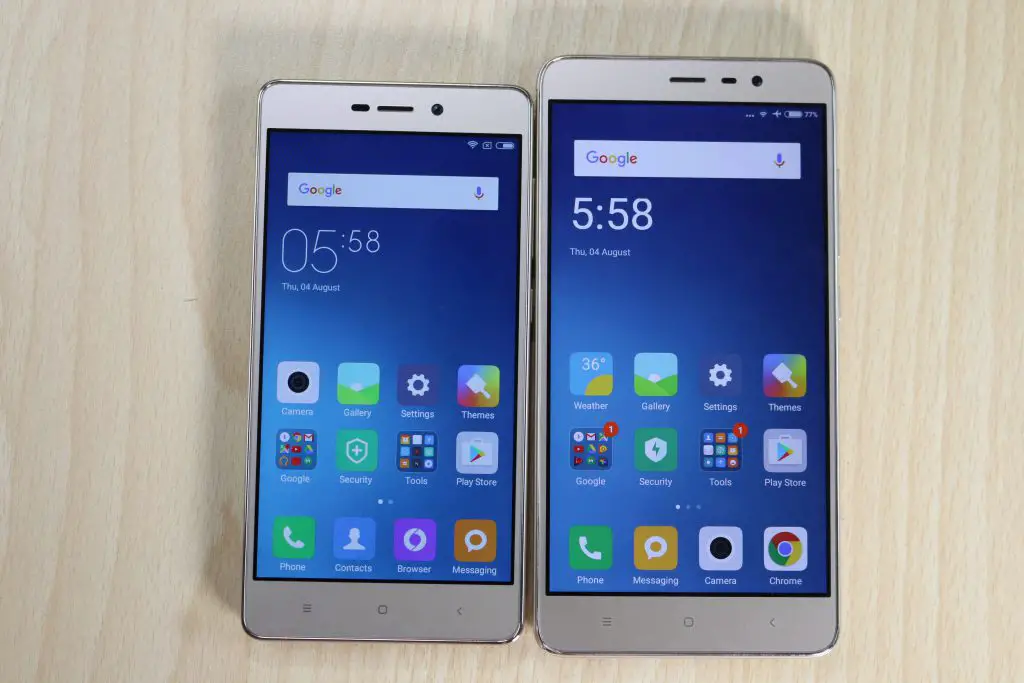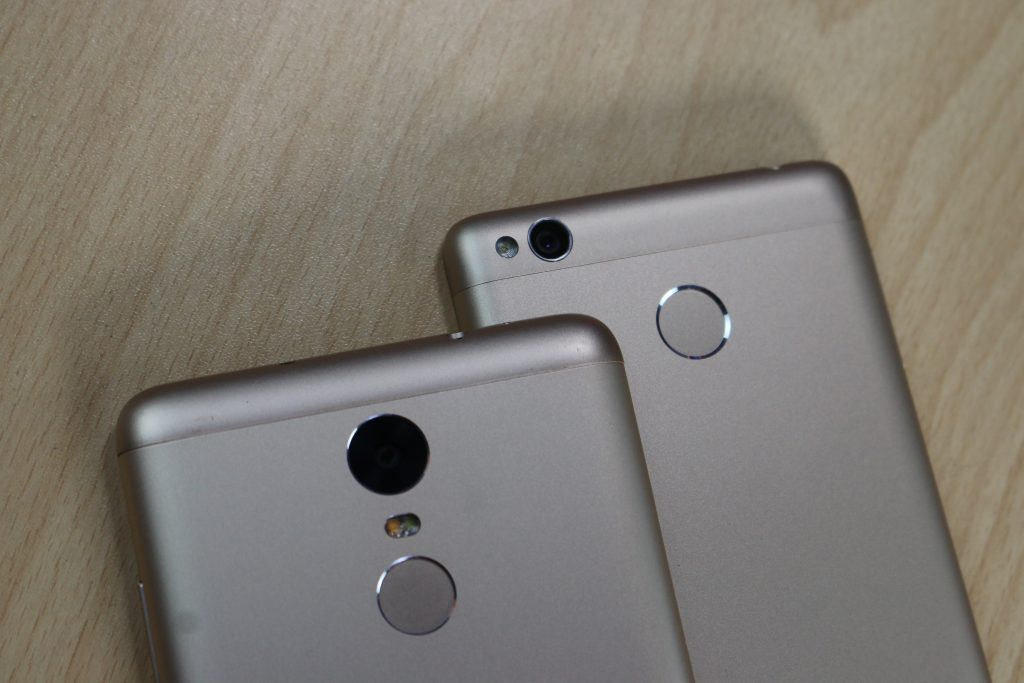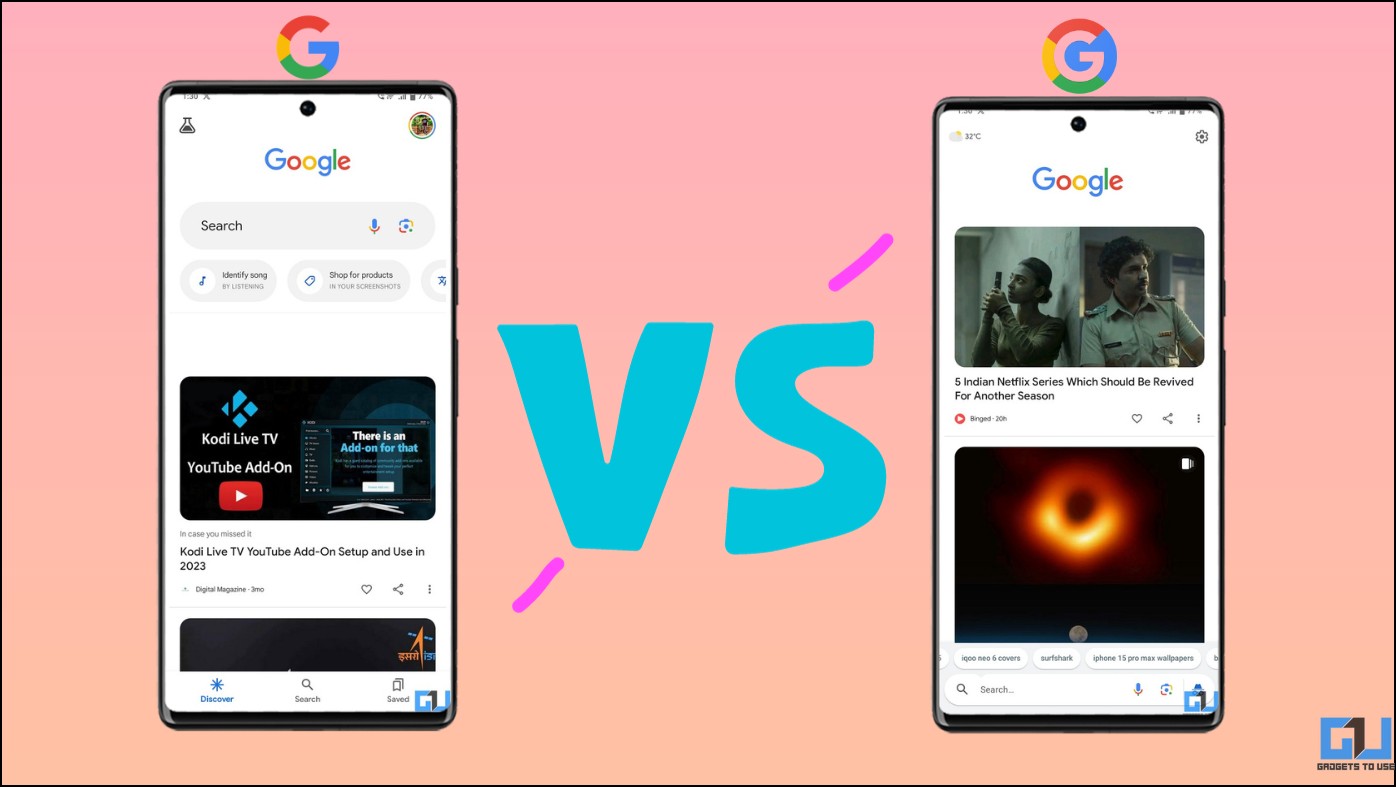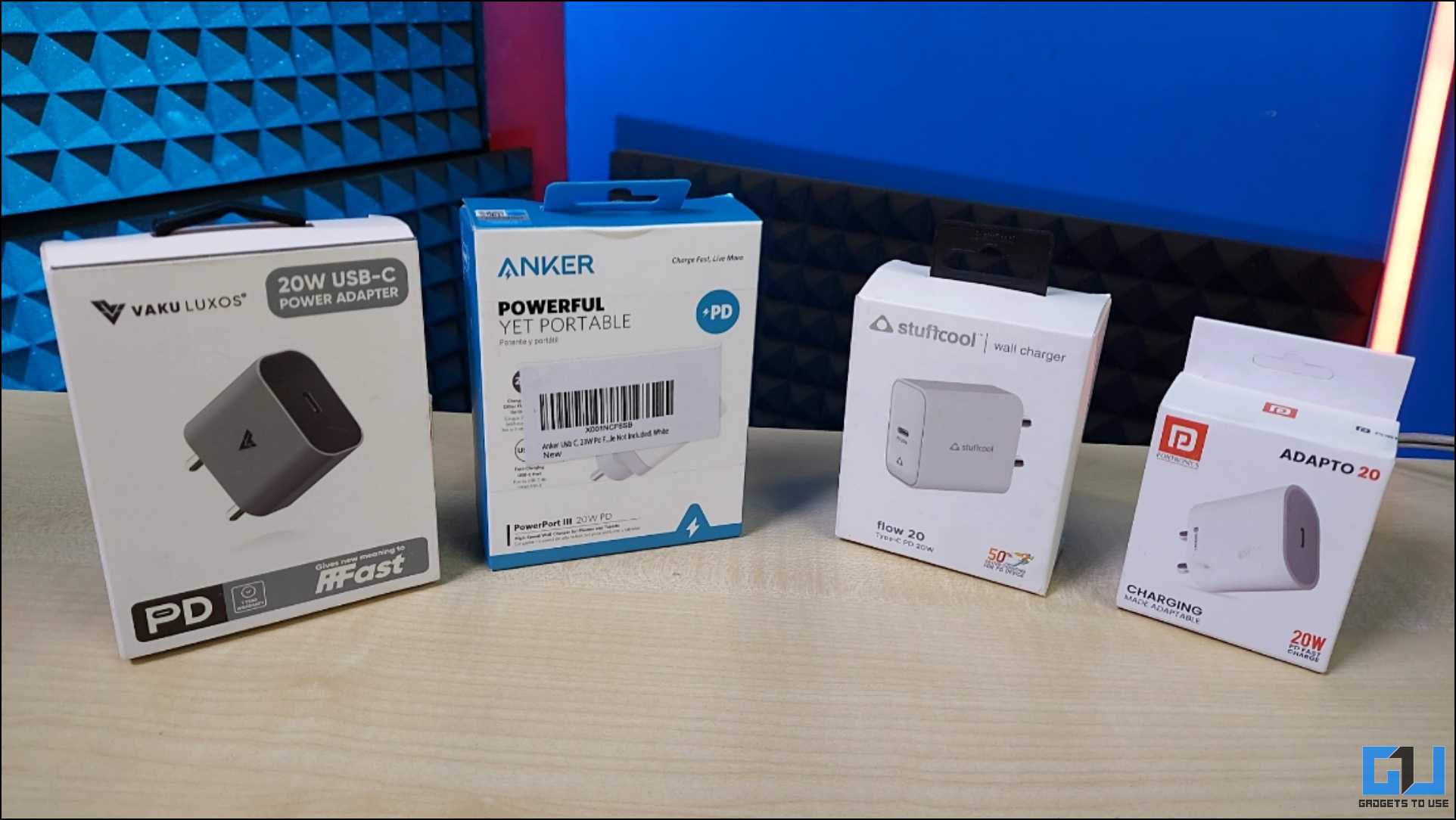Xiaomi is one of the most interesting and exciting smartphone companies out there at the moment. With phones like the Redmi Note 3, Mi Max and now Redmi 3S, the company is setting the budget smartphone segment on fire. While the Mi Max is a mid-range phone, the Redmi Note 3 and the Redmi 3S are budget segment phones. In today’s comparison, we pit the most affordable Xiaomi phones against each to find out which phone is more value for money.
Xiaomi Redmi 3S vs Redmi Note 3 Specifications
[table id=616 /]
Design & Build
If you look at the Xiaomi Redmi 3S and the Redmi Note 3 closely, you will notice that these two phones share a lot of design elements. In fact, put next to each other, both these phones look like siblings with small design differences in a couple of areas.
Both the Redmi 3S as well as the Redmi Note 3 come with a metal unibody design that gives them a premium look. You would find it difficult to realize that these phones are available at budget prices.
The Redmi 3S is 8.5 mm thick and weighs 144 grams, while the Redmi Note 3 is 8.7 mm thick and weighs 164 grams. The significant difference in the weight can be attributed to the bigger display and therefore a bigger metal shell of the phone.
As far as build quality is concerned, the Redmi 3S and the Redmi Note 3 both seem to be very sturdy. The metal unibody design makes these two phones seem very solid and there’s no creaking noise coming out from any part. Both the phones do not come with Gorilla Glass protection, unfortunately.
Display
The Redmi 3S comes with a 5 inch IPS LCD display of HD resolution, giving you a pixel density of ~294 PPI. In our first impressions, we found the display to be of very good quality, with accurate colour reproduction and good sunlight visibility. MIUI lets you set different colour temperature profiles as well to adjust to your liking.
The Redmi Note 3 comes with a 5.5 inch IPS LCD display of full HD resolution, giving you a pixel density of ~401 PPI. We have been using this phone for months now, and in our various tests so far, we found the display’s colour reproduction to be highly accurate. Sunlight visibility is decent, but brightness could have been better.
Hardware and Storage
The Redmi 3S is the first phone to come with Qualcomm Snapdragon 430 processor. It is an octa-core processor and comes with eight Cortex A53 cores – four 1.4 GHz and four 1.1 GHz. Qualcomm has been releasing a lot of Snapdragon 4xx series processors, so the difference between other current gen Snapdragon 4xx processors and the Snapdragon 430 may not be much.
Recommended: Xiaomi Redmi 3s Launched In India Starting INR 6,999
The Redmi Note 3 comes with the hexa-core Qualcomm Snapdragon 650 processor. It comes with four 1.4 GHz Cortex A53 cores and two 1.8 GHz Cortex A72 cores, utilising a big.LITTLE architecture. In our thorough testing and usage over the last few months, we have noticed that the phone performs extremely well, with great balance between power efficiency and performance.
Both the Redmi 3S and Redmi Note 3 come in two variants – 2 GB RAM and 16 GB storage or 3 GB RAM and 32 GB storage. You can upgrade the internal storage up to 256 GB using a microSD card, but this will use the second SIM card slot.
Camera
The Redmi 3S comes with a 13 MP camera with an aperture of f/2.0. There is an LED flash and Phase Detection Autofocus to assist the camera. The phone can record videos up to 1080p at 30 FPS. On the front, you get a 5 MP camera with an f/2.2 aperture and video recording up to 1080p. This is extremely impressive considering the fact that it costs just Rs. 6,999.
The Redmi Note 3, on the other hand, comes with a 16 MP camera with dual LED flash and an aperture of f/2.0. It also comes with Phase Detection Autofocus and support video recording up to 1080p at 30 FPS. There is a hack out there that unlocks 4K video recording on the phone, but we’ll talk about it in another post.
On the front, the Redmi Note 3 comes with a 5 MP f/2.0 camera and supports video recording up to 1080p.
Battery
Xiaomi continues to impress us with massive batteries in its phones. The Redmi 3S comes with a 4100 mAh battery while the Redmi Note 3 comes with a 4000 mAh battery. We have been witnessing some insane talktime and standby times on the Redmi Note 3, seeing that the phone gives a screen-on time upwards of 7 hours with fairly heavy usage throughout the day. In normal usage scenarios, the Redmi Note 3 lasts a day and a half easily with 6 hours of screen-on time, on an average.
Recommended: Xiaomi Redmi 3s FAQ, Pros & Cons, User Queries and Answers
The Redmi 3S comes with an even bigger battery. At 4100 mAh and a smaller, lower resolution display, the Redmi 3S should last much, much longer than the Redmi Note 3. While we are very impressed with the Redmi Note 3’s battery life, we expect to be blown away by the Redmi 3S’s battery life results.
Pricing & Availability
The Redmi 3S is priced at Rs. 6,999 for the 2 GB RAM 16 GB storage version, while it costs Rs. 8,999 for the 3 GB RAM 32 GB storage version. It will be available for purchase starting 9th August at 12 PM, during its first flash sale.
The Redmi Note 3 is priced at Rs. 9,999 for the 2 GB RAM 16 GB storage version, while it costs Rs. 11,999 for the 3 GB RAM 32 GB storage version. At the moment, the phone is available for purchase from Mi.com, the company’s official store.
Conclusion
Both these Xiaomi phones represent an excellent value for money deal, making them some of the most well made and well priced phones on the market. However, it becomes a little tricky when you pit the two phones against each other. While the Redmi Note 3 is a tried and tested phone, giving you an extremely good price vs performance ratio, the Redmi 3S comes up as a challenge to this phone.
The Redmi Note 3 has been one of the best phones you could buy in the 8000-15000 price range, but the Redmi 3S suddenly closes in on the Redmi Note 3 by offering an even better price vs performance ratio.




















